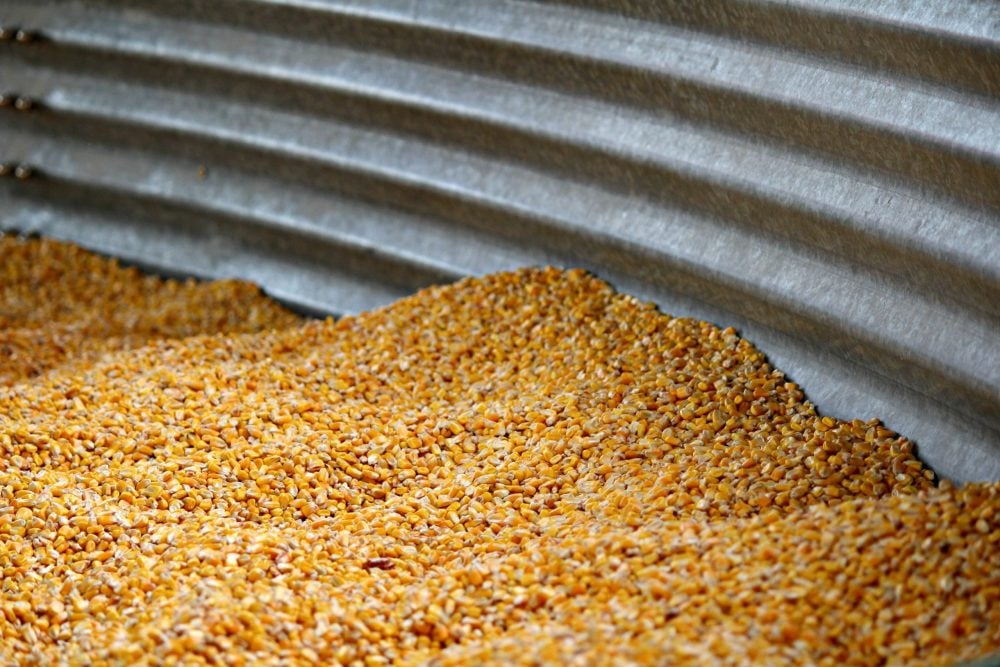Paris | Reuters — A sharp fall in the quality of France’s wheat crop due to excess rain will lead to additional costs for starch makers just as the industry is still suffering from low demand and increasing competition from imports, they said on Thursday.
Starch and its derivatives, made from wheat, maize, potatoes and tapioca, are used in products from ice cream to cosmetics, paints, pills and cardboard due to their sweetening, thickening and texturizing properties.
The French soft wheat harvest, set to be the lowest in 40 years due to excess rain, has also showed poor quality levels, including very low and heterogeneous specific weights, a measure of the size of grains.
Read Also

Cycle swings dictate farming profitability
It can be profitable to understand where the crop markets are positioned in the context of their big-picture cycles.
“The smaller grains will pose challenges at the industrial level in our factories that will not be easy to resolve,” Marie-Laure Empinet, head of French starch producer group USIPA, said at the lobby’s general assembly.
Small grains have less starch and more cellulose, which is more aggressive for machines and can clog filters. The lower level of starch also means more co-products to handle, she said.
The additional work and potential damage to machines will increase the risks of slowdown, breakdown or replacement, Empinet said.
The four starch companies in France, which include French producers Tereos and Roquette and U.S. giants Cargill and Archer Daniels Midland have decided to lower their standards and accept smaller grains that would have been turned down in a normal harvest, she said.
The additional costs and problems come after starch makers in Europe had already been forced to reduce output and halt some factories due to a drop in demand in the past year.
The French starch industry’s turnover rose 17 per cent to 3.9 billion euros (US$4.35 billion) in 2023 due to higher prices but volumes dropped significantly, with falls of 12 per cent for the food sector and 18 per cent for the non-food industry including pharmaceuticals, chemistry, and paper.
Results for the current year were still very uncertain with a rebound in demand still very timid, costs that remain at high levels and strong competition from imports which rose 13 per cent last year to one billion euros, USIPA said.












